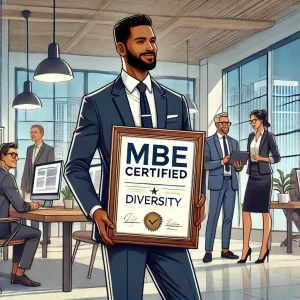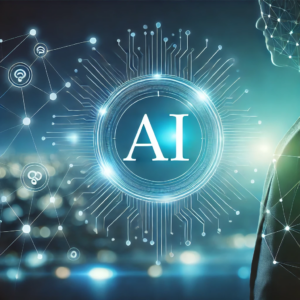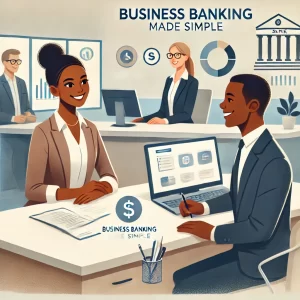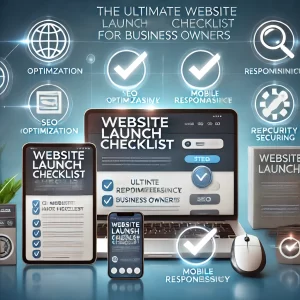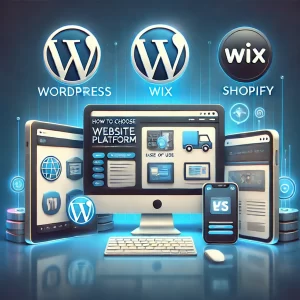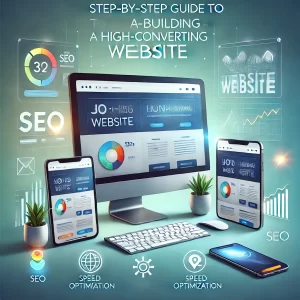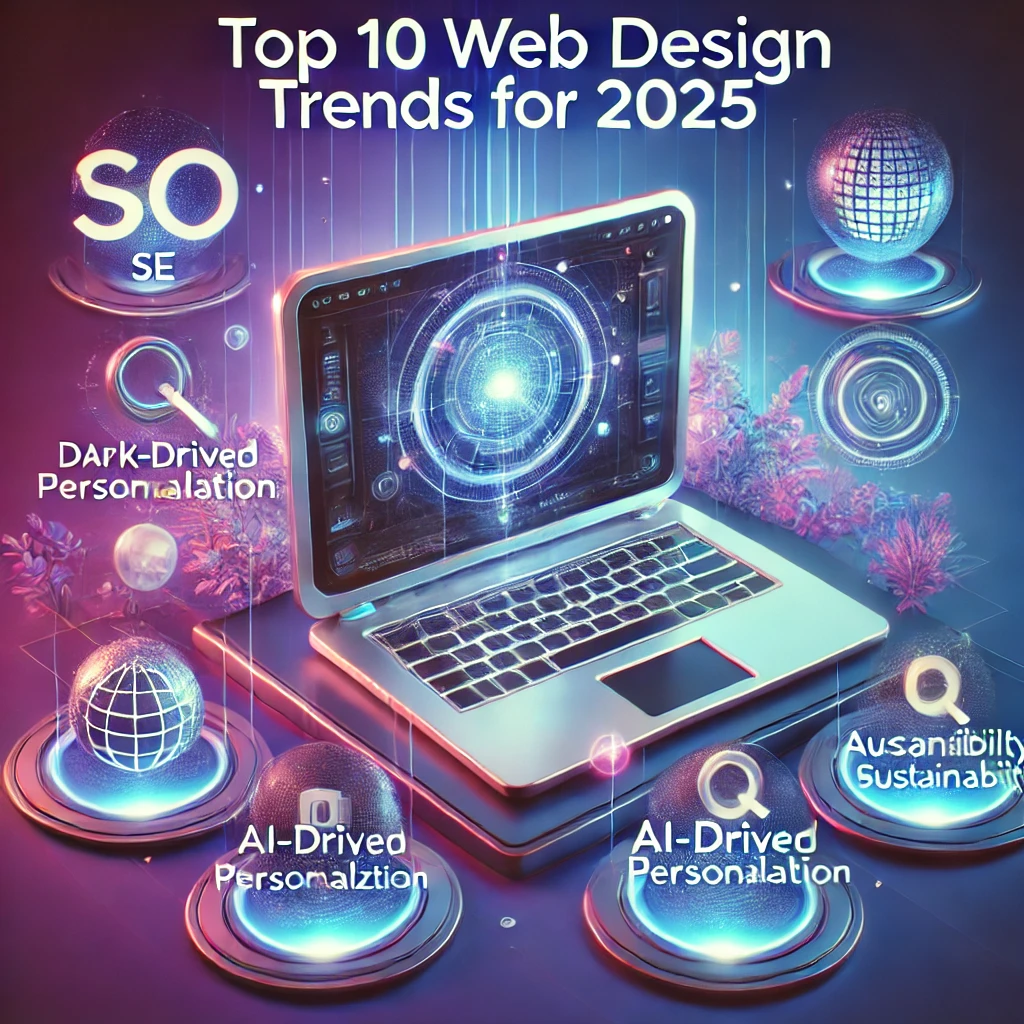
Web design continues to evolve at a rapid pace, shaping how businesses connect with their audiences online. As we head into 2025, websites are no longer just digital brochures—they’re immersive experiences that reflect a brand’s identity while driving user engagement.
If you’re planning to revamp your website or build one from scratch, understanding the latest trends is crucial. Here’s a deep dive into the top 10 web design trends you’ll want to embrace in 2025.
1. Minimalist and Clean Designs
Gone are the days of cluttered layouts. In 2025, simplicity is key. Minimalist designs focus on the essentials: clean layouts, ample white space, and clear typography.
Why it matters:
- Enhances readability and reduces distractions.
- Improves website speed by eliminating unnecessary elements.
Example:
Apple’s website is a masterclass in minimalism—products are front and center, with sleek visuals and minimal text guiding the user experience.
Pro Tip:
Stick to a limited color palette and avoid overcrowding your pages with too much content. Highlight one key message or call-to-action (CTA) per section.
2. Dark Mode
Dark mode continues to gain popularity as users seek options that are easier on the eyes and more energy-efficient. Many websites now offer a toggle between light and dark themes to cater to user preferences.
Why it matters:
- Reduces eye strain, especially in low-light environments.
- Extends battery life on OLED screens.
Example:
Platforms like YouTube, Instagram, and Twitter have already embraced dark mode, and users love it.
Pro Tip:
Ensure your dark mode design maintains contrast and legibility, especially for text. Use soft whites and muted tones to complement the darker background.
3. Immersive 3D Elements
3D graphics and animations are transforming web experiences into something visually striking and interactive. These elements create depth and realism, making products and services more engaging.
Why it matters:
- Grabs attention and encourages users to spend more time on the site.
- Perfect for industries like real estate, gaming, or product-based businesses.
Example:
Nike’s product pages often use 3D animations to let users view sneakers from all angles.
Pro Tip:
Balance is crucial—use 3D elements sparingly to avoid overwhelming the user or slowing down your site’s load times.
4. AI-Driven Personalization
Artificial Intelligence (AI) is making websites smarter and more personalized than ever. AI tools analyze user data to tailor experiences, from product recommendations to dynamic content based on browsing history.
Why it matters:
- Enhances user experience by showing relevant content.
- Increases conversion rates by offering personalized suggestions.
Example:
E-commerce giants like Amazon use AI to recommend products, while streaming services like Netflix suggest shows based on your viewing habits.
Pro Tip:
Start with tools like chatbots or personalized email pop-ups to incorporate AI into your website without heavy development costs.
5. Micro-Interactions
Micro-interactions are subtle animations or effects triggered by user actions, such as hovering over a button or scrolling down a page. They may seem small, but they significantly enhance the user experience.
Why it matters:
- Provides instant feedback, making interactions feel intuitive.
- Creates a sense of delight, encouraging users to explore further.
Example:
Think of the “like” animation on Facebook or Instagram’s heart pop-up when you double-tap a photo.
Pro Tip:
Add hover effects to buttons, animated loading icons, or scroll-triggered animations to make your site feel alive and engaging.
6. Voice User Interface (VUI)
With the rise of smart assistants like Alexa and Siri, voice-activated navigation is becoming a vital feature for websites. VUI enables users to interact with your site through spoken commands.
Why it matters:
- Improves accessibility for users with disabilities.
- Keeps up with the increasing use of voice search.
Example:
Retail websites like Walmart are beginning to integrate voice search functionality to streamline shopping experiences.
Pro Tip:
Optimize your website’s content for voice search by using conversational keywords and answering common questions directly.
7. Sustainable Web Design
As sustainability becomes a global priority, websites are also going green. This trend involves creating energy-efficient websites with reduced carbon footprints.
Why it matters:
- Demonstrates your commitment to environmental responsibility.
- Improves site performance with faster load times.
Example:
The sustainable search engine Ecosia plants trees with its profits and designs its website to consume minimal energy.
Pro Tip:
Use lightweight images, streamline your code, and choose green hosting providers to create a sustainable website.
8. Interactive Scrolling Experiences
Scrolling is no longer just about moving up or down a page—it’s becoming an interactive journey. Parallax effects, animations, and dynamic transitions make scrolling a visually captivating experience.
Why it matters:
- Keeps users engaged and on the site longer.
- Encourages users to explore your content fully.
Example:
Apple’s MacBook product page uses parallax scrolling to reveal product features in a visually compelling way.
Pro Tip:
Incorporate storytelling into your scrolling effects to guide users through your message or products seamlessly.
9. Inclusivity and Accessibility
Web design in 2025 will prioritize inclusivity to ensure people of all abilities can access and navigate your website. Accessibility features like text-to-speech, scalable fonts, and keyboard-friendly navigation are essential.
Why it matters:
- Expands your audience by catering to people with disabilities.
- Builds trust and goodwill by showing your brand values inclusivity.
Example:
Microsoft’s Inclusive Design toolkit includes websites designed to accommodate various accessibility needs.
Pro Tip:
Test your website using tools like WAVE (Web Accessibility Evaluation Tool) to identify areas for improvement.
10. Augmented Reality (AR) Integration
AR is no longer reserved for gaming—it’s changing how users interact with websites, especially in retail and real estate. AR allows users to see products or spaces virtually, enhancing their decision-making process.
Why it matters:
- Provides a unique and memorable user experience.
- Reduces the uncertainty of online purchases.
Example:
IKEA’s AR feature lets customers visualize how furniture will look in their homes.
Pro Tip:
Even small businesses can use AR tools like Shopify’s AR capabilities to create interactive shopping experiences.
Stay Ahead with The Tech Plug
These trends aren’t just about staying current—they’re about creating websites that deliver exceptional user experiences while achieving business goals. At The Tech Plug, we’re experts in integrating the latest web design trends to make your website stand out.
Ready to future-proof your website? Let us bring these trends to life. Contact us today to get started!
